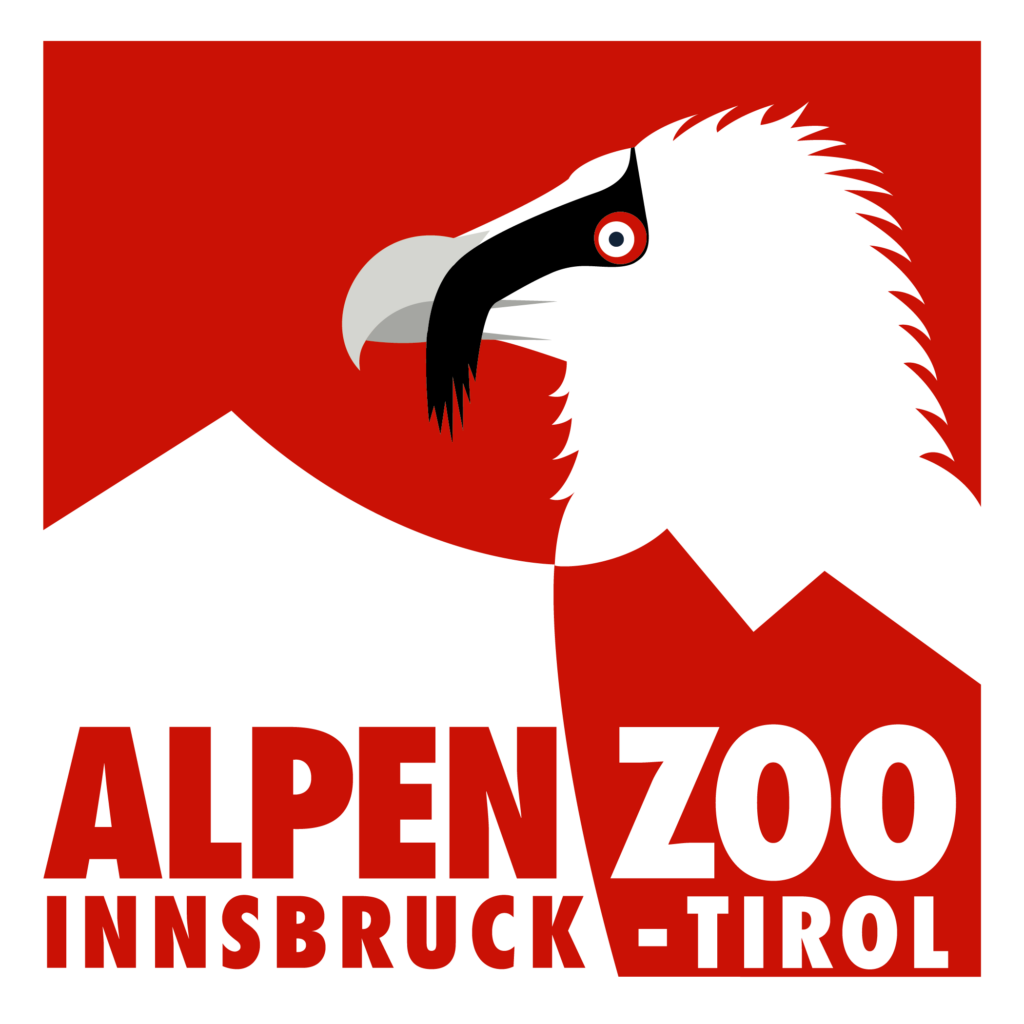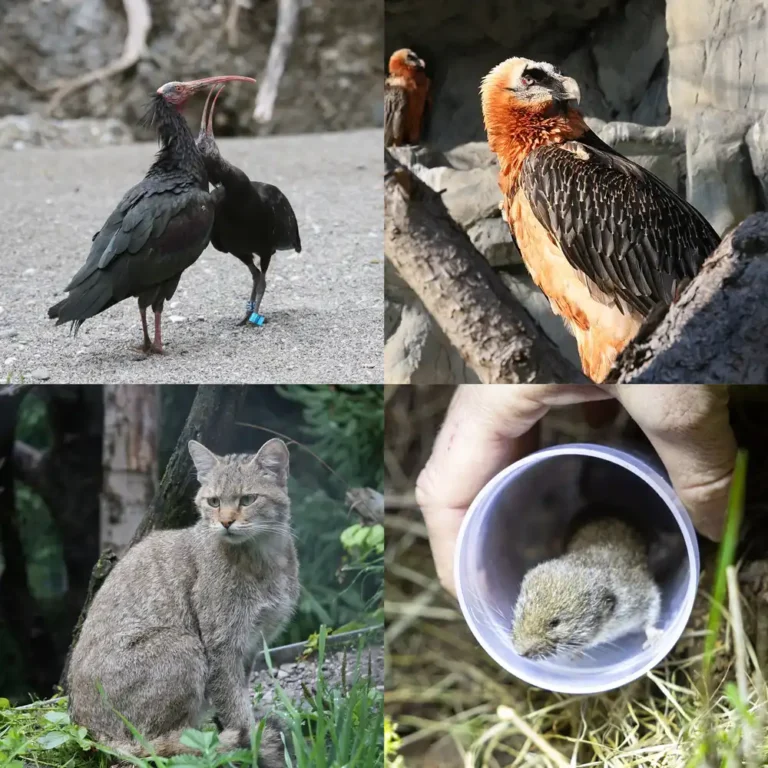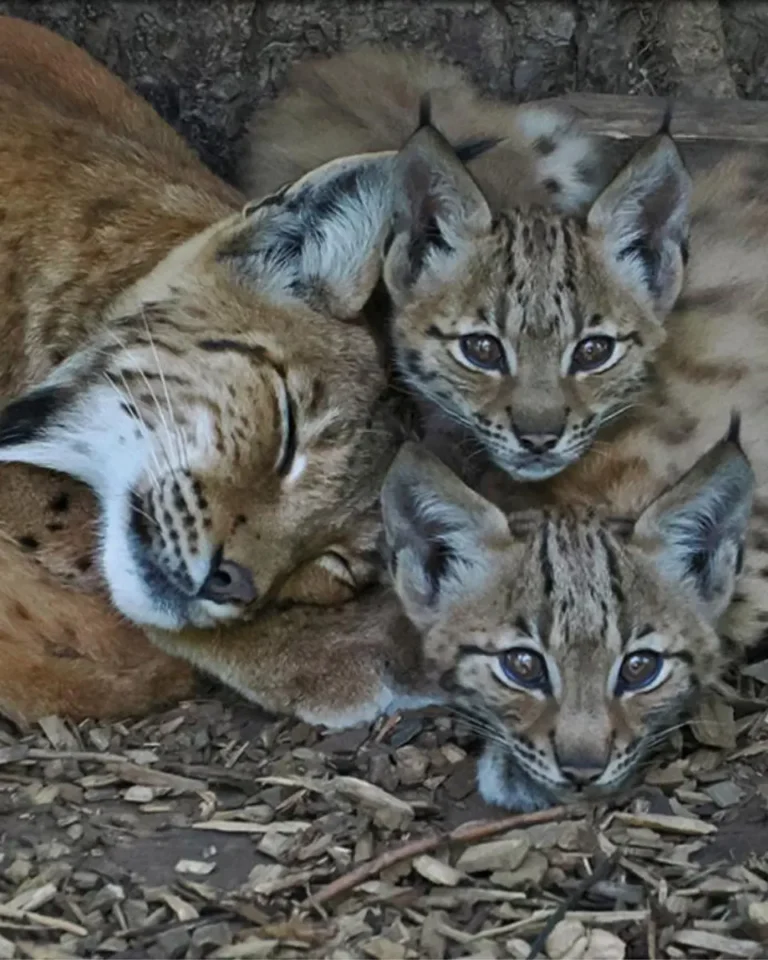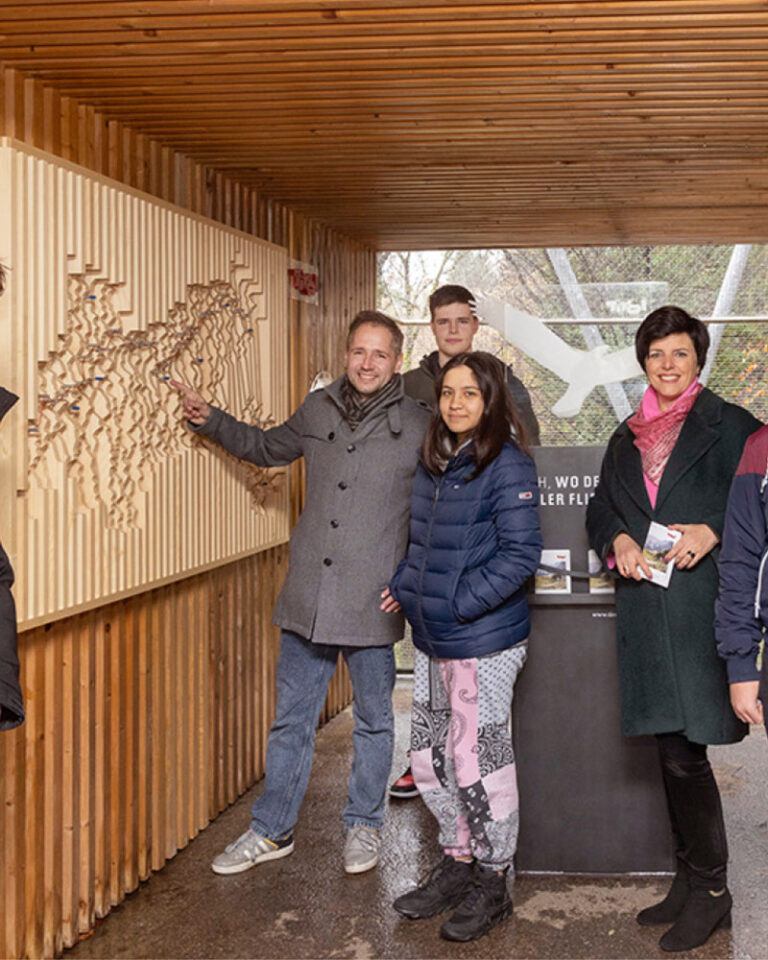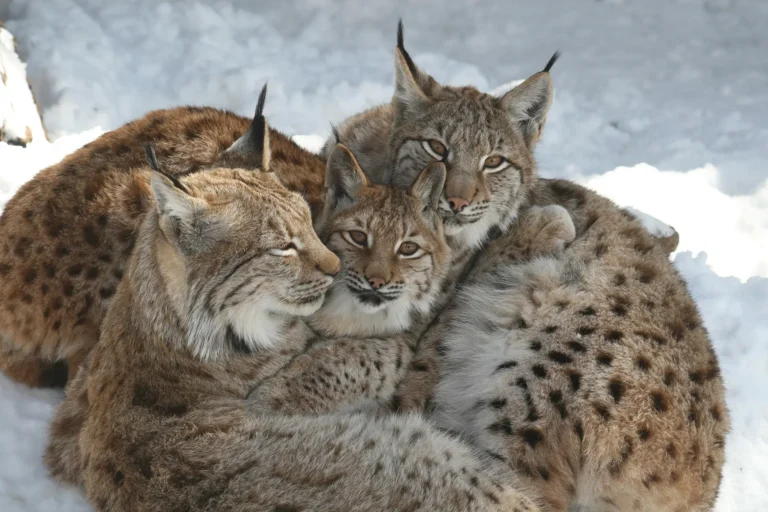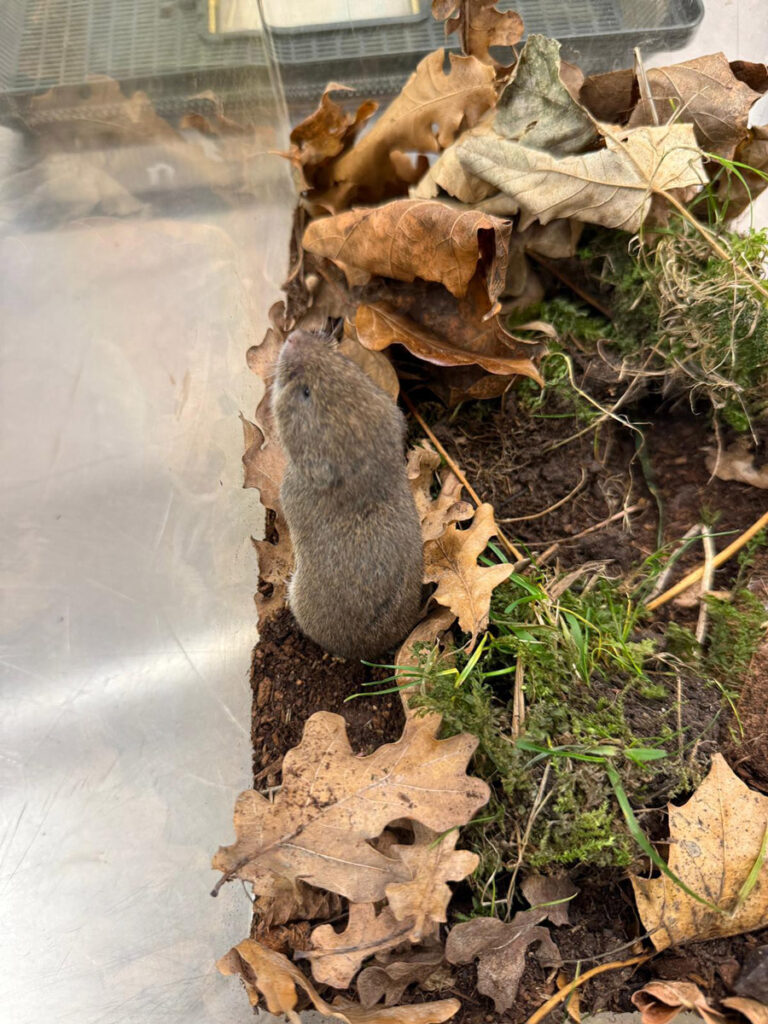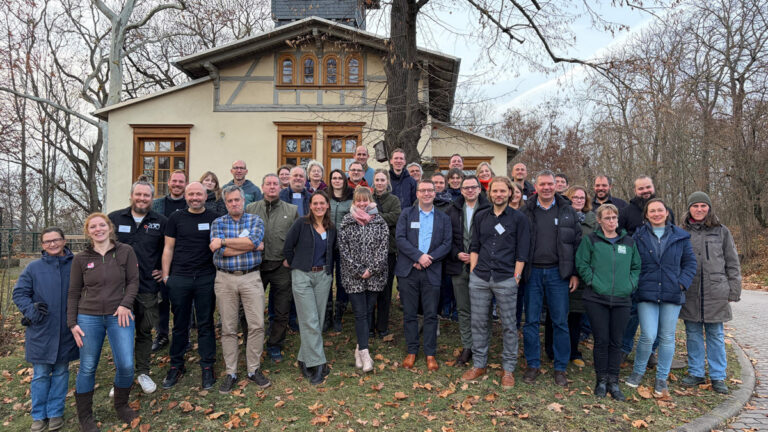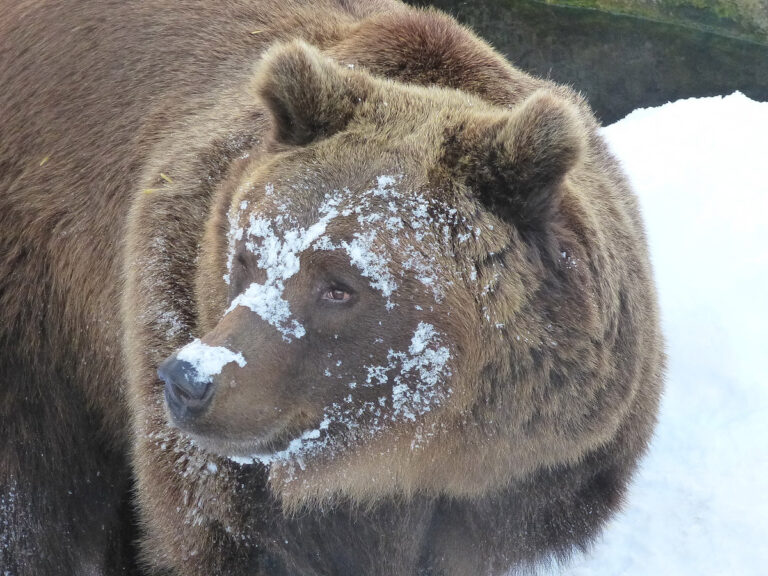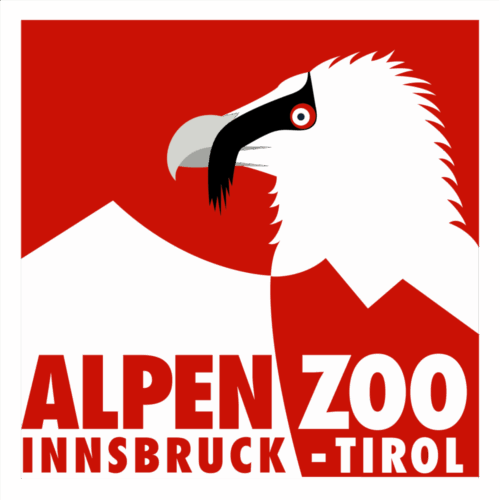Press release Grouse lecture 23.9.2025
The grouse at the Alpine Zoo clearly demonstrate the importance of consistent species conservation. However, the conservation of these fascinating birds is associated with various challenges. A lecture on grouse inspired the audience in the beautiful Psenner-Saal in the aquarium of the Alpenzoo Innsbruck-Tirol.
Guest speaker Elena Weindel from the Bavarian State Ornithological Institute presented the four grouse species native to the Alps: Black grouse, capercaillie, rock ptarmigan and hazel grouse. She explained the tricks these birds use to survive in the high mountains in icy temperatures, storms and metre-high snow: in autumn, all grouse grow the horn pens that give them their name on their toes and thus form their natural "snowshoes". A particularly dense plumage with additional dew feathers (small secondary feathers that make the plumage double-layered) and insulating air cushions protect the birds from the cold. The plumage of the rock ptarmigan extends from the tips of its toes to its nasal cavities. In winter it turns white and makes the rock ptarmigan almost invisible in the snow. The rock ptarmigan changes its plumage not just twice, but even three times a year in order to always blend in perfectly with snow, rock or vegetation. The grouse dig burrows in the deep winter snow, which keep them warm like an igloo and at the same time protect them from the wind and natural enemies.
The hazel grouse is always well hidden in the dense mixed mountain forest. The capercaillie lives somewhat higher up, in sparse, old coniferous forests. The black grouse - also known as the gamecock - prefers the transition zone between forest and open country. The rock ptarmigan lives at the highest altitude, between rocks and barren, yet species-rich alpine grasslands. All grouse are dependent on habitats rich in structure, with open areas for mating, safe hiding places for breeding and protection, as well as elements such as dead wood, root plates, rocks and diverse vegetation.
At the same time, the presentation made it clear how much pressure the animals are under. The capercaillie is considered highly endangered in Central Europe, the black grouse is declining in many places, hazel grouse populations are decreasing locally and the rock ptarmigan is also losing valuable habitat due to climate change. The main threats include the loss and fragmentation of habitats, climatic changes, but also disturbances caused by leisure activities such as ski touring, mountain biking or snowshoeing.
"If we inform ourselves about protected areas before our tours and behave considerately, we can help to ensure that grouse remain part of our beautiful mountain world in the future", emphasised Weindel.
The audience followed the tips suitable for everyday use for the protection of grouse in nature, such as keeping to hibernation zones, not leaving paths and keeping dogs on a lead (see fact box).
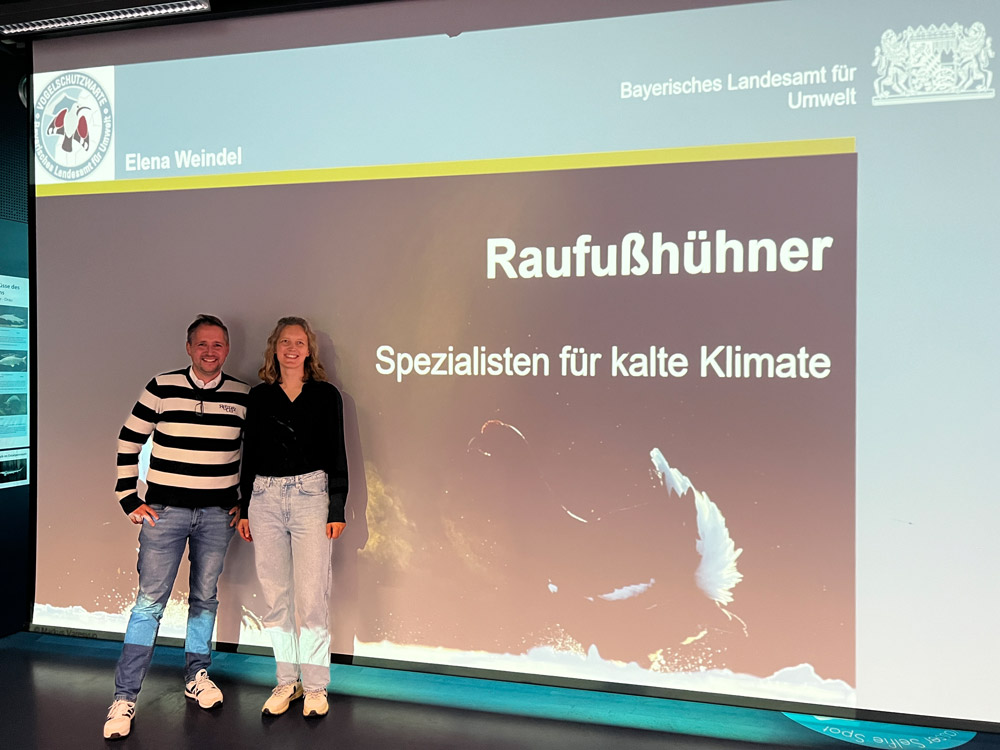
Zoo Director Dr André Stadler & Elena Weindel
Fact box: Summit etiquette - for the sake of the grouse
Stay on the path
Wild animals can become accustomed to hiking trails and routes and are less disturbed than if you go cross-country.
Only during the day
Grouse are most active at dawn and dusk. At this time, they look for food - disturbances are more serious than during the day.
Please keep dogs on a lead
Your dog is perceived as a threat and predator by many wild animals - even if it does nothing.
Of course - tour planning
Respect designated conservation and protected areas, as animals need places to retreat to. They flee when disturbed and lose a lot of energy in the process. Find out about protected areas before you set off into nature!
Tips from the initiative "Not cross-country - that would be fine"
The lively discussions that followed showed that the topic is moving and that everyone can contribute to the protection of such endangered species. The Innsbruck-Tyrol Alpine Zoo also plays an important role in the conservation of these protected specieswhich has been keeping various grouse species since it was founded over 60 years ago. The Alpine Zoo carries out scientifically monitored husbandry and breeding work and cooperates with reintroduction projects to help gain knowledge, secure populations and raise visitors' awareness of the need to protect Alpine birdlife. Here you can marvel at these impressive animals at close quarters. Sponsoring a grouse is of course also a great option!
Summit etiquette of the Bavarian State Ministry of the Environment and Consumer Protection:
https://www.naturerlebnis.bayern.de/naturvertraeglich_unterwegs/gipfelknigge/index.html
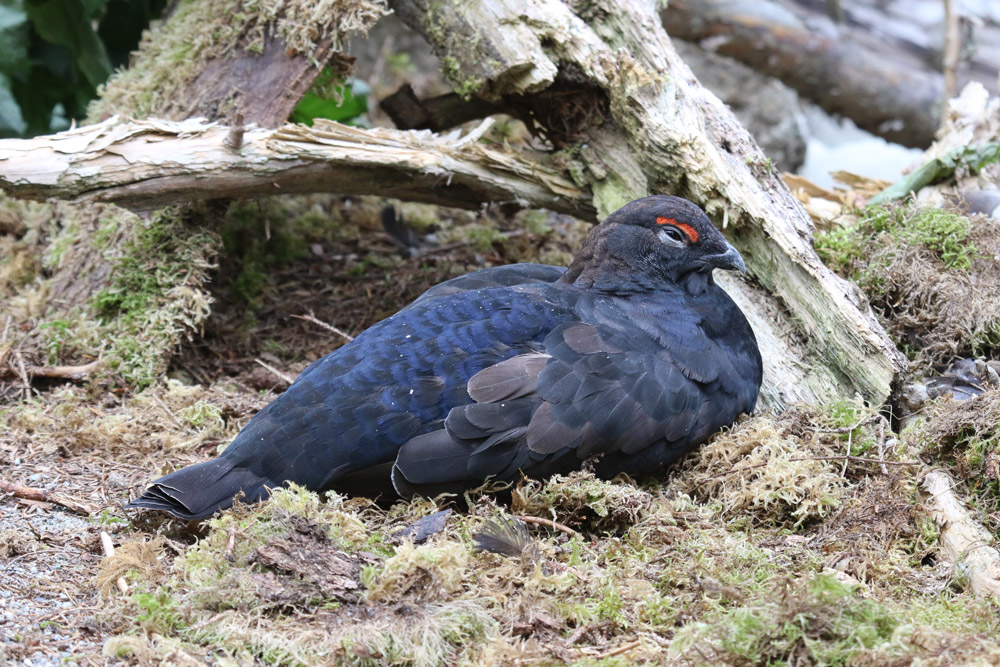
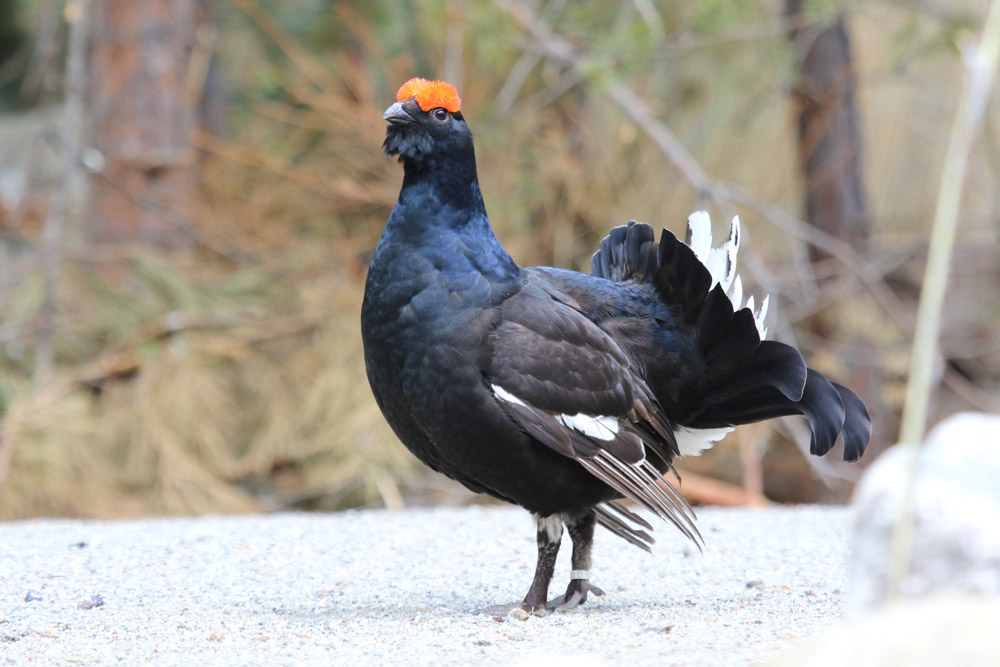
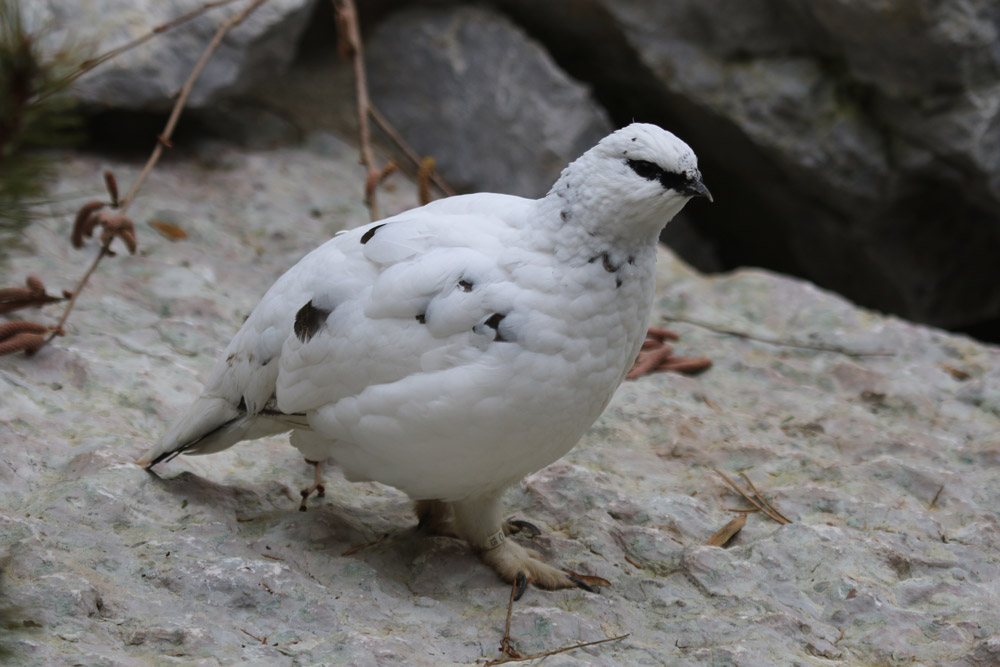
Picture 1: Capercaillie
Picture 2: Black grouse
Picture 3: Ptarmigan
